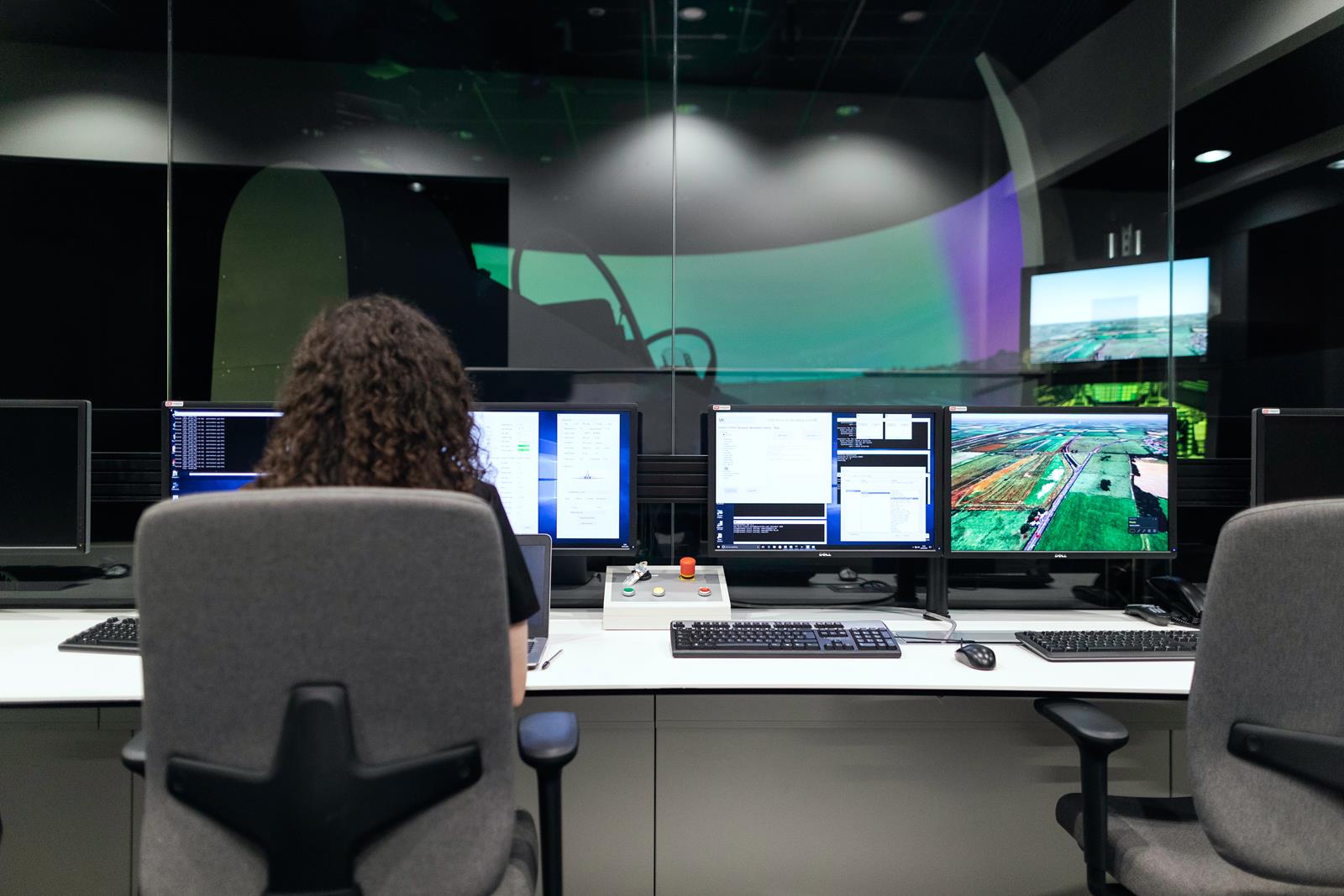The Many Aspects of Technology Education

Technology is the collective term for any methods, technologies, systems, and practices used in the creation of products or services, or in the achievement of specific goals, including scientific research. The process of technology transfer is also referred to as technology transfer. In industry, technology is applied in a number of ways, including information systems, management, product development, and industrialization. In education, technology is applied in science and engineering. In business, technology is applied in business models such as advertising, mass media, transportation, communication, computer science, and marketing.
Technological change is not a constant but occurs over time. A great example of rapid change is the introduction of the Internet, which required extensive research and development over many years. In some instances, technology is being developed that will render traditional techniques and methods completely obsolete. Examples include genetic engineering, nanotechnology, and digital technologies, to name a few.
Technological change occurs for a variety of reasons, ranging from the ability of human beings to produce and utilize complex technologies, to the prevalence and success of new technologies. One of the biggest challenges facing society today is creating a level of technological literacy. Technological literacy refers to the ability to identify, understand, evaluate, use, and cite the different technological concepts and practices. Developing this technical literacy is key to the achievement of technological change.
Technological change is frequently accompanied by an expansion of knowledge. People must be able to consistently defined, compare, and evaluate emerging technological concepts and practices. When people are able to consistently apply these concepts to their lives, they will be more likely to adopt new technological practices. It is important for people to be consistent in applying technological literacy to different activities. For instance, it is important for students to apply and compare technological concepts in research papers, essays, and classroom discussions. Also, when people are able to consistently define and apply technological concepts to new situations, they will be better equipped to implement them into their lives.
Broad Patterns: There are a number of broad patterns that research has identified over the past two decades that have developed due to technological changes. For instance, text messaging, email, instant messaging, web browsing, and video conferencing all grew in popularity between the early 2000s and the 2010s. Another trend identified was an increase in the incorporation of social media into all aspects of people’s lives. This integration has taken different forms, but the goal has been to create and maintain a sense of shared meaning and purpose. Broad technological patterns also include advances in education, business, health care, government, and transportation. Over the past decade, text messaging and email have become integral elements of everyday life.
Narrowing the Focus: Over the last decade, another broad pattern has emerged in technological fields. Instead of exploring broad patterns and connecting them to create meaningful ideas, researchers have sought to narrow those patterns into smaller subtopics. This process has produced interesting insights that have helped researchers develop new approaches and technologies. Narrowing the focus can result in better solutions for a particular problem. As an example, by exploring the relationship between subtopics (such as emotions, memory, time, technology, and others) researchers may have discovered new ways of organizing the way people learn. Narrowing the scope of a subtopic allows researchers to examine specific problem areas and provide new insights, rather than examining every possible application.
Technological Innovation: Along with narrowing the focus of research, another emerging trend is the development of new technologies, which drive the advancements that take place throughout the industry. Because of this trend, researchers have been able to identify emerging technologies and look at how these technologies can be applied to various business and organizational problems. New technologies are being developed every year. Therefore, in order to keep abreast of the newest developments within the technology industry, educators must be engaged in studying how these technologies are changing and how they can help students.
Applied Science: Although twentieth century industrial and scientific innovations have provided numerous advances, many students lack a broad understanding of how these innovations affect society at large. As a result, applied science and its concepts have become an increasingly important part of higher education. Schatzberg’s theory of applied science was born out of his desire to demonstrate how technology affects society at large. In his definition of applied science, he claimed that it includes a number of disciplines, including history, anthropology, geology, and geophysics. In recent years, the field has expanded to include computer sciences, engineering, and medicine.